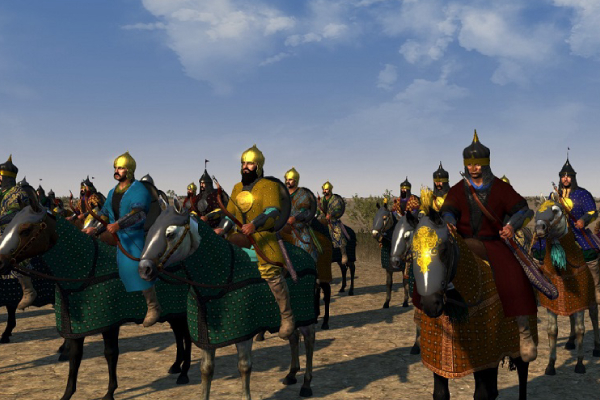It is 1 P.M. and you just got off the plane. Extremely tired, exhausted and drained are the only feelings going through your head. The hot, dry air, the heavy luggage, the noise and the wait is making every moment tougher. Making your way towards the arrival doors you suddenly see a dozen people with big, happy smiles anxiously waiting to welcome you. Then you realize every minute is passing by so fast and you don’t even feel the pain you had minutes ago; all of a sudden all you see is a bunch of people – or should I say 5-6 cars – following you home, making you feel as special as a newlywed bride!
There is no such thing as “material happiness” in Iran. Relationships are very pure and real. People don’t need to know each other to bind. When you’re in the bakery, grocery store, shopping center, or even getting a ride in a taxi, you always see friendly faces chatting with each other. Conversations start when you are least expecting them; exchanging the latest happenings in the city. Taxi drivers are the best source of news because all day long they get to listen to passengers. Closeness and friendship goes beyond what stands out in a city. All in all, in Iran’s version of ‘New York City’, people still bring about the old ways of warmth and kindness… and enjoy every single second they spend together.
What do young people really do for fun? The nightlife in Tehran isn’t made very public but the inside scoop is that the young community enjoys themselves. Hangouts such as coffee shops, restaurants and juice stops get packed with loads of people on Thursday and Friday nights. People stay out late enjoying their time with friends or family at places such as Abmeeveh Tochaal, with their famous “sheer pesteh”, fast food places like Behrouz, Burger Teen and Feri Kasif, as well as places like Darband and Park Jamshidieh. The next stop would be a hookah/teahouse to lay back and relax with what is left of the night. Where do the others go? The rest are at house parties with the best music and some of the best looking guys and girls you could ever find. You don’t have to make plans for your weekend – they are already planned out for you!
Having a good time and going to some parties can turn out to be nothing but trouble. Some young people have to go through a lot and be alert so that nothing goes wrong. Sometimes parties or hang out places are interrupted not just for having loud music and waking up the neighbors, but because of the whole idea of “partying”. Even while grabbing a cup of coffee with your friend you always have to be on top of everything. What is the bright side? Mostly all of them could manage and are smarter than it seems!
Oh! Who could leave out the unforgettable “Jordan” and “Fereshteh”! These two streets are supposedly known as the happening streets where everybody gets to know each other better. Put on one last touch of make-up and don’t forget to fill-up your car with enough gas to have some fun. Why? People circle the streets until they lose count! You pass by different cars and faces and get to have a little giggle or two with your friends!!
It really is a worthwhile vacation to visit Iran and get a taste of how people really have fun and entertain themselves. Aside from the historical and ancient aspect, which may take weeks to explore, the culture is so deep and authentic that it causes you to blend in very smoothly and comfortably. The pleasure of it will truly last you a lifetime…



